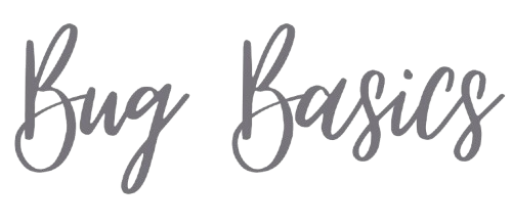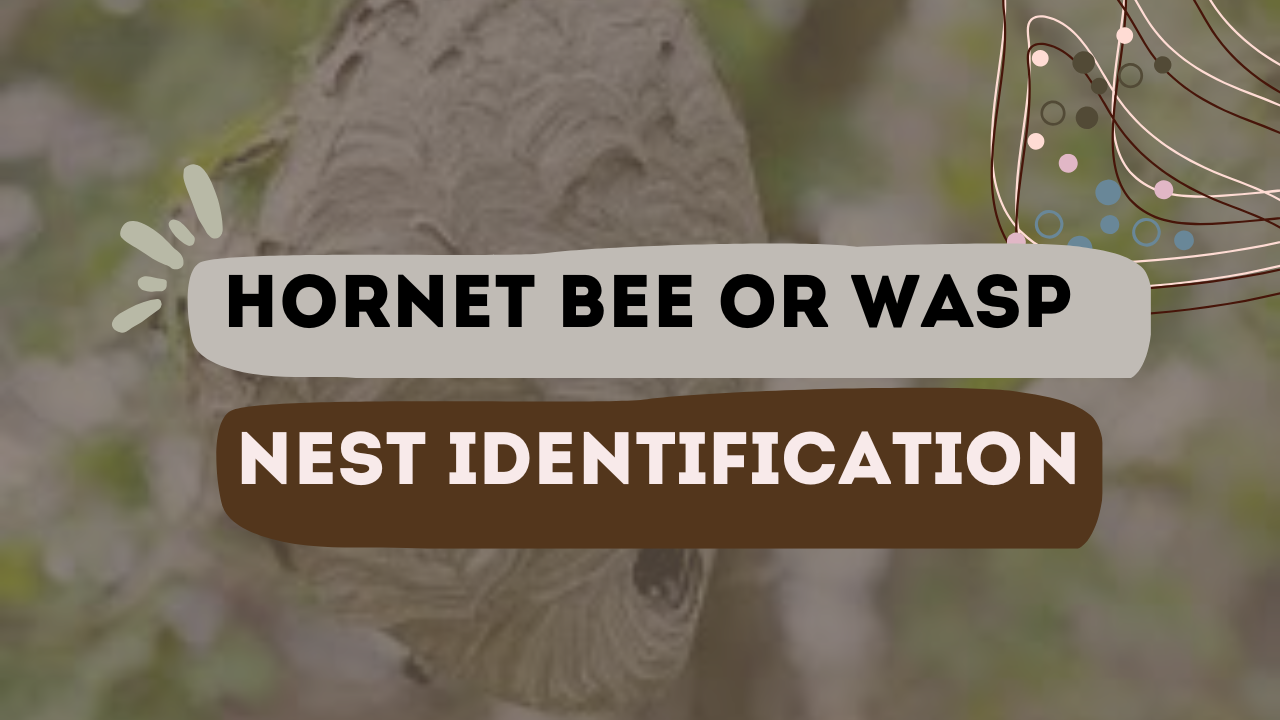Okay, so you’ve just spotted a weird papery-looking lump hanging from your porch roof—or maybe it’s tucked away in a tree branch. Now you’re thinking… what is that? Is it a hornet nest? Or maybe bees? Or wasps? You’re not alone—hornet bee or wasp nest identification can seriously mess with your head. They all kinda look the same at first glance, right? But here’s the thing: knowing what you’re dealing with is actually really important. Some of these flying guys are chill (like, bees), while others (hello, wasps) are basically flying tempers. So let’s break it down, no science degree needed. We’re gonna help you spot the difference between these buzzing backyard squatters before you end up with a sting—or five.
First Up: Why Nest Identification Even Matters
Look, whether you’re gardening, chilling with your morning coffee on the deck, or just trying to survive summer without getting stung, knowing the who’s who of nests can save you pain, money, and maybe even allergic reactions. Hornets, bees, and wasps all build nests differently, and their behavior around them is a huge clue.
Some nests are easy to ignore, some need immediate removal, and others—like honey bee hives—might need a professional beekeeper instead of an exterminator. The last thing you wanna do is knock down a bee hive thinking it’s a wasp nest. Big mistake. Huge.
Bee Nests: The Sweet, Busy Buzzers 🐝
Let’s start with bees because, honestly, they’re kind of the good guys. Honey bees in particular are major pollinators, and unless you’re waving your arms around like a maniac, they’re usually harmless.
What to Look For:
- Location: Bees often nest inside hollow trees, walls, or chimneys. You probably won’t see a classic hanging nest.
- Appearance: Honey bee hives are waxy and filled with neat little hexagon-shaped combs.
- Traffic: LOTS of buzzing bees going in and out constantly. They’re like a tiny airport.
If you spot honey bees, don’t DIY this. Call a beekeeper—seriously. They might even rehome the bees for free because, well, bees are kinda precious.
Wasp Nests: The Short-Tempered Roommates
Now onto the wasps. These guys don’t play around. They’re more aggressive, and they love building their homes where you really don’t want them—like under eaves, deck chairs, or even in your grill.
What to Look For:
- Material: Their nests look like grey papery umbrellas. Super thin layers, kind of like papier-mâché.
- Shape: Usually round or tear-drop shaped, with a hole at the bottom.
- Location: Under overhangs, sheds, decks, and sometimes underground (especially yellowjackets—ugh).
Wasps are carnivores and will defend their nests like tiny warriors. If you see more than a few flying in and out, just back away slowly. No sudden moves.
Hornet Nests: Bigger, Scarier Cousins
Hornets are actually a kind of wasp, but they deserve their own section because they tend to build much larger nests and can get, well… really angry.
What to Look For:
- Size: Hornet nests are BIG. Think football-sized and up.
- Shape and Texture: Very round and very papery. It can look like a grey, swirly basketball hanging from a tree or under a roof.
- Population: Busy, buzzing with hornets who look like beefy wasps. Often black and white or yellow.
These nests are usually up high and super noticeable by late summer. If it’s already the size of a melon, you’ve got a serious hornet situation.
What Not to Do (Learn From Others’ Mistakes)
- Don’t spray a nest during the day. Wasps and hornets are active and will come at you like it’s war.
- Don’t hit it with a broom, bat, or garden hose. Seriously, people do this and it ends… poorly.
- Don’t assume it’s “just bees” and safe. Even bees can sting when provoked.
If you’re unsure what it is and it looks dangerous, take a photo from a safe distance and send it to a local pest control service or beekeeper. Many will ID it for free.
Final Thoughts: Just Because It Buzzes Doesn’t Mean It’s Bad
Hornet bee or wasp nest identification might sound like a random thing to get good at, but when summer hits and the bugs start building, you’ll be glad you know your stuff. Remember: bees are mostly chill, wasps are kind of jerks, and hornets… well, just don’t mess with hornets unless you have to.

